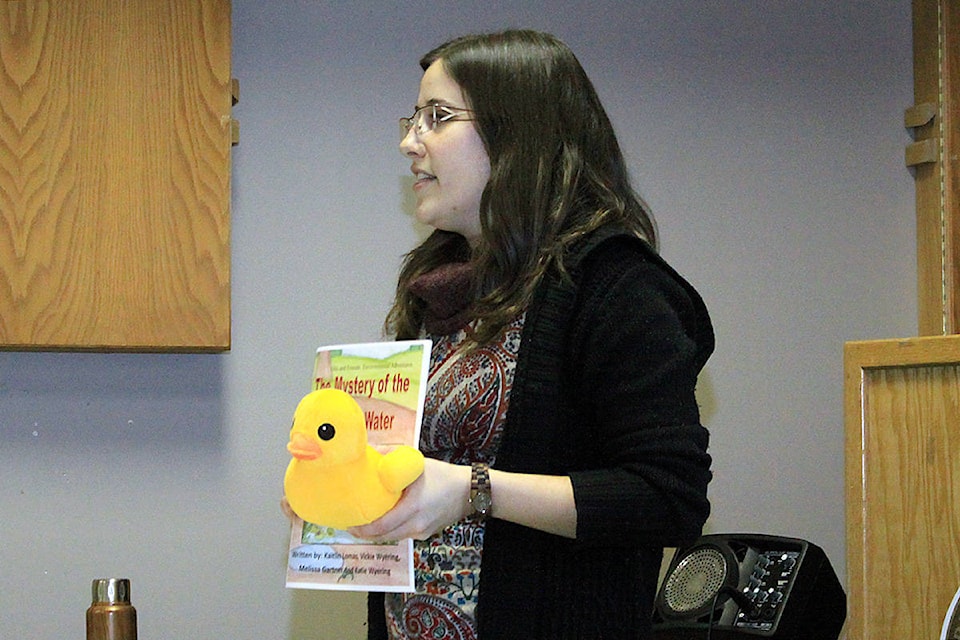Defending the Battle River from invaders, be it threats to the quality or fish in the water or invasive plants, the Battle River Watershed Alliance (BWRA) captured the theme of World Water Day.
March 22 was World Water Day and was marked by an information meeting with presentations on invasive plants plus an update on the successes that were achieved by the Ponoka Riparian Restoration program on the Battle River.
Sarah Skinner, BWRA watershed planning coordinator, explained that about 75 per cent of the land in the watershed is either crop or pasture land.
“It’s a fact of living in this watershed and looking at what that might mean for those beneficial practises that can be put in place to ensure those agricultural lands are successful,” she said.
“But, that the watershed as a whole — water quality, amount of water — is also healthy. Making sure we have that balance of vibrant communities, vibrant agricultural landscape and vibrant watershed.”
To go along with that, changes in how the land is used — from development to industrial to changes in agriculture — Skinner stated that water can be impacted not just locally, but hundreds of miles downstream.
“Storm water can be a major source of pollution, because it often isn’t treated. So, that’s a direct connection from lawns and streets to a local creek or right into the river,” she noted.
“Gravel mining, oil and gas activity, it’s important to consider how those actions can negatively impact watershed health. But on the flip side, how can we carry them out in a way that water is protected.”
That’s where the Ponoka Riparian Restoration program comes in.
Skinner explained the BWRA provided support and funding to mostly agricultural businesses and farmers to help install off-site watering systems and fencing along water bodies. There were also projects that saw the planting trees or other native natural vegetation to help preserve or return the riparian area to a more natural state.
“The program was launched back in the spring of 2015 and celebrated some of the projects with a field day back in the summer of 2017,” she said.
“Overall, there has been about 12 landowners involved and most often we were able to fund their project. That’s meant about 20 riparian health inventories, 11 kilometres of riparian fencing installed and 11 livestock watering systems to help provide a buffer between animals and the river. In that way, the native vegetation has been given time to renew and repair the areas.”
Skinner added there were also two tree planting projects funded, which saw more than 10,000 trees planted in the Battle River valley. The benefits of this included greater cover for animals, improved air quality and a more stable river bank.
The result of all of the projects is around 200 acres of riparian land locally that has been protected.
“It’s been a great way to bring people together, to share information, to learn together about different ways to help support the health of the Battle River watershed,” she said.
